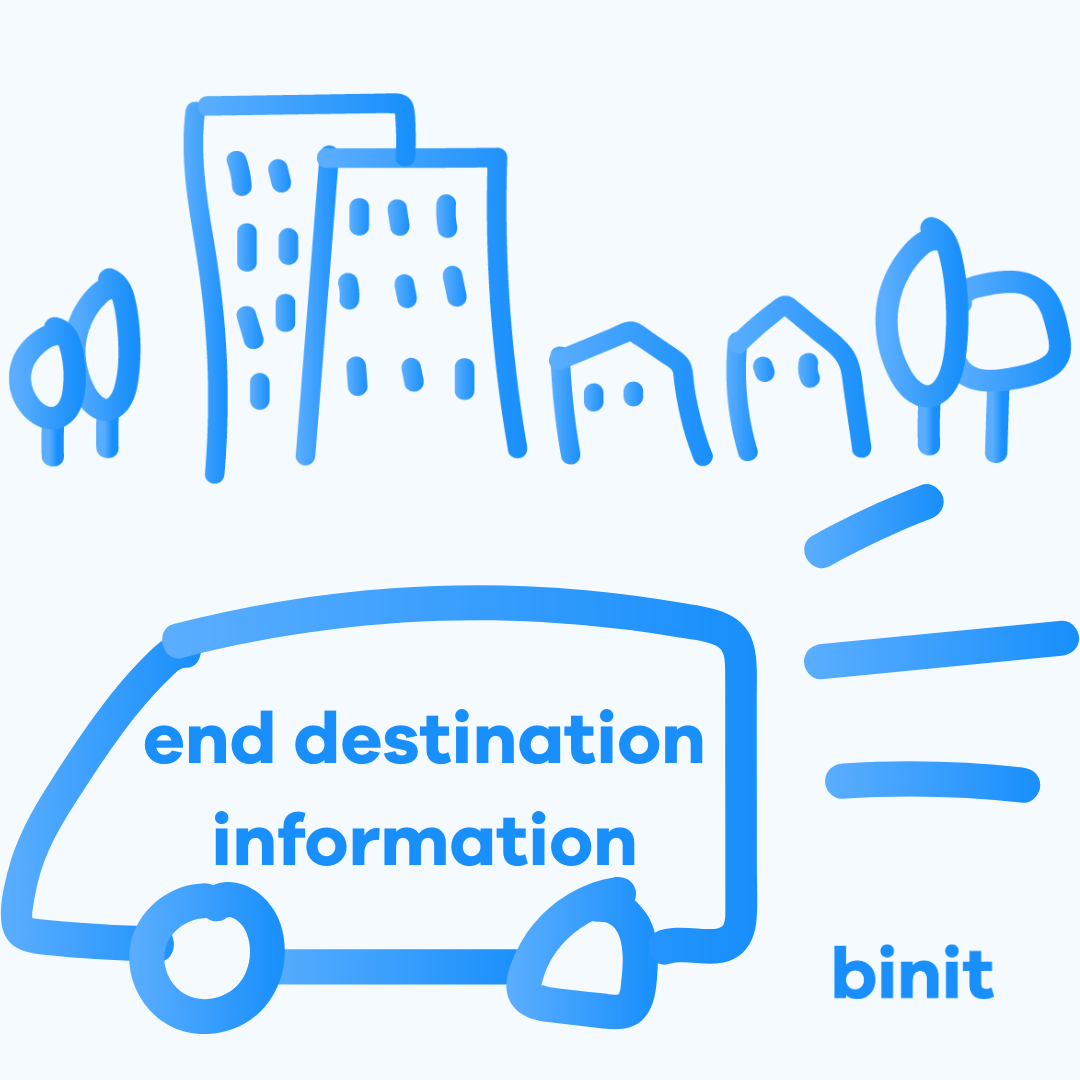We’ve previously shown you how your small WEEE items and fridges are recycled. Now, let’s go on a deep dive on how your mixed recycling gets processed!
Your mixed recycling goes on quite the journey. Today we’re going to tell you about how the materials get separated and sorted. Once collected from your site, your mixed recycling is sent to a Materials Reclamation Facility (MRF). There are many variants of the “R“ in MRF, some have it for recovery, some have it for re-use, some have it for recycling. You get the gist!
materials reclamation facility – mixed recycling
First Stop – Tipping Point: The mixed recycling is tipped on the tipping floor and then scooped up on to the conveyor belts.
Second Stop – Inspection: The conveyor belt first passes through the pre-sorting area. Here, MRF workers manually sort your items! They work diligently to identify potential hazards, such as lithium batteries and non-recyclable items such as banana peels. These items are then separated and removed from the conveyor belts, down designated chutes. These items are then recycled along their respective waste streams. We have a separate blog here on what happens to small WEEE like lithium batteries.
Third Stop – Disk Screen: The remaining materials now go through a disk screen. This process separates out flat and wide materials like cardboard from other materials. The flat materials are then inspected again by the MRF workers to ensure no other materials slipped through.
Fourth Stop- Blower: Paper is blown to the side, separating it from the other materials. This is then inspected again by the MRF workers to ensure no other materials slipped through.
Fifth Stop- Electromagnet: Metal is separated from the remaining materials using an electro magnet. Non-ferrous metals are further separated from the metal collected via eddy current separators. The metals are then recycled along the respective processes for each type.
Sixth Stop – Disk Screen (Again): Plastics are separated here by their polymer types and then baled. Glass (if any, but we DO NOT recommend putting it in your mixed recycling bin) is separated here and sent along to be recycled along its route.
Finally…. Most of the items are baled and many different things happen to them. For example, items like cardboard and paper often are sent to manufacturers that can give a new life to them.
We’ll go into depth soon for other waste streams. Hope you learned something new today! Let us know which waste stream you’d like to learn about next by emailing sara@binituk.com.


